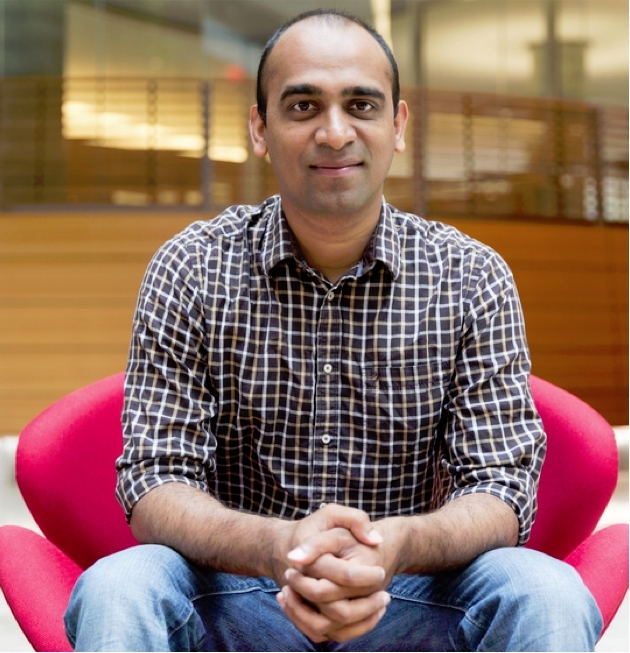Loading view.
VASC Seminar
Calendar of Events
S Sun
M Mon
T Tue
W Wed
T Thu
F Fri
S Sat
0 events,
Luca Weihs
Research Manager
Allen Institute for AI
Vishnu Lokhande
Assistant Professor
University at Buffalo, SUNY
Ilya Chugunov
PhD Candidate
Computational Imaging Lab, Princeton University



